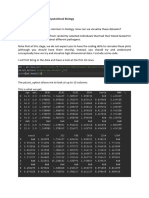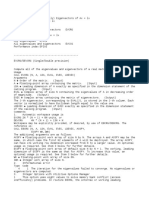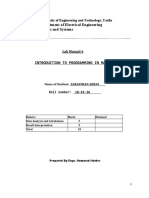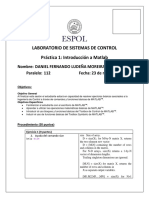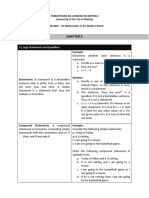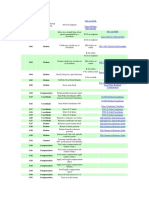0% found this document useful (0 votes)
137 views5 pagesSammon
Y = sammon(x, n, opts) applies sammon's Nonlinear Mapping procedure on % multivariate data x. Each row represents a pattern and each column % represents a feature. On completion, y contains the corresponding % co-ordinates of each point on the map. By default, a two-dimensional % map is created.
Uploaded by
Gavin CawleyCopyright
© Attribution Non-Commercial (BY-NC)
We take content rights seriously. If you suspect this is your content, claim it here.
Available Formats
Download as PDF, TXT or read online on Scribd
0% found this document useful (0 votes)
137 views5 pagesSammon
Y = sammon(x, n, opts) applies sammon's Nonlinear Mapping procedure on % multivariate data x. Each row represents a pattern and each column % represents a feature. On completion, y contains the corresponding % co-ordinates of each point on the map. By default, a two-dimensional % map is created.
Uploaded by
Gavin CawleyCopyright
© Attribution Non-Commercial (BY-NC)
We take content rights seriously. If you suspect this is your content, claim it here.
Available Formats
Download as PDF, TXT or read online on Scribd
/ 5
















